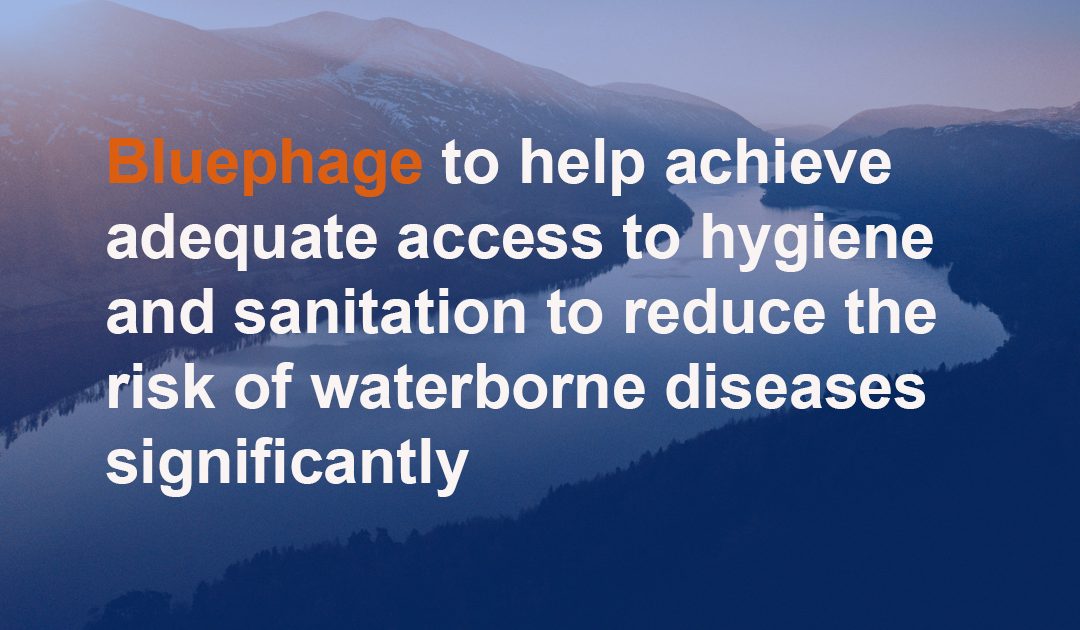March 22 was World Water Day, and all international organizations working to guarantee the human right of access to safe water highlighted the precariousness of this resource and the main risks faced by the population.
At Bluephage, we closely follow the Sustainable Development Goals set by the United Nations, specifically Target 6 that focuses on water. In this last article, we argued the challenges pursued in Goal 6.1, and in this new article, we want to demonstrate why it is necessary to know and take into account the challenges described in Goal 6.2.
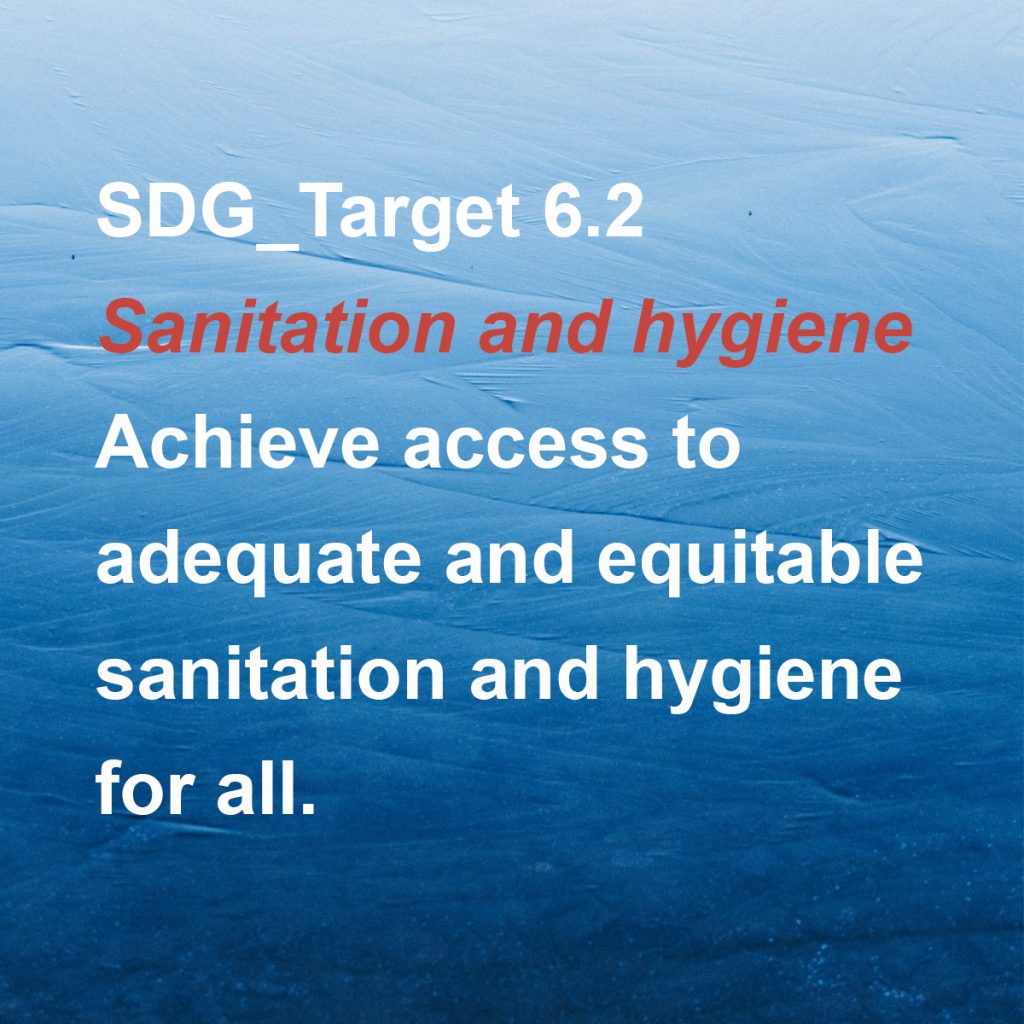
Goal 6.2, to which Bluephage pays particular attention, aims to achieve access to adequate and equitable sanitation and hygiene for all and end open defecation, with specific attention to women and girls’ needs and those in vulnerable situations.
According to the U.S. Environmental Protection Agency (EPA), one of the potential contaminants in well water are microorganisms, including bacteria, viruses, and parasites, which can cause gastrointestinal illnesses and infections. This contamination source originates in places where there is no system in place to separate excreta from human contact along the sanitation chain, either by containment and safe disposal on-site or by safe off-site transport and treatment/reuse.
Leaking latrines and untreated sewage cause the spread of the diseases mentioned above, and personal hygiene becomes essential to limit these diseases.
Other problems resulting from the non-implementation of excreta management systems include mosquito breeding and groundwater and surface water contamination (targets 6.3 and 6.6), including potential drinking water sources (target 6.1).
One of the groups most vulnerable due to lack of personal hygiene is women and girls. Access to safe drinking water is an objective included in target 6.1 and requires local sanitation services access.
According to the World Health Organization (WHO), worldwide, at least 2 billion people use a source of drinking water contaminated with feces, and it is expected that by 2025, half of the world’s population will live in water-scarce areas.
The United Nations/UNESCO World Water Development Report 2020 conservatively estimates that lack of water and sanitation is the cause of nearly two million preventable deaths per year worldwide. Therefore, the availability of safe drinking water for all is one of the United Nations’ targets within its Sustainable Development Goals to achieve a better and more sustainable future.
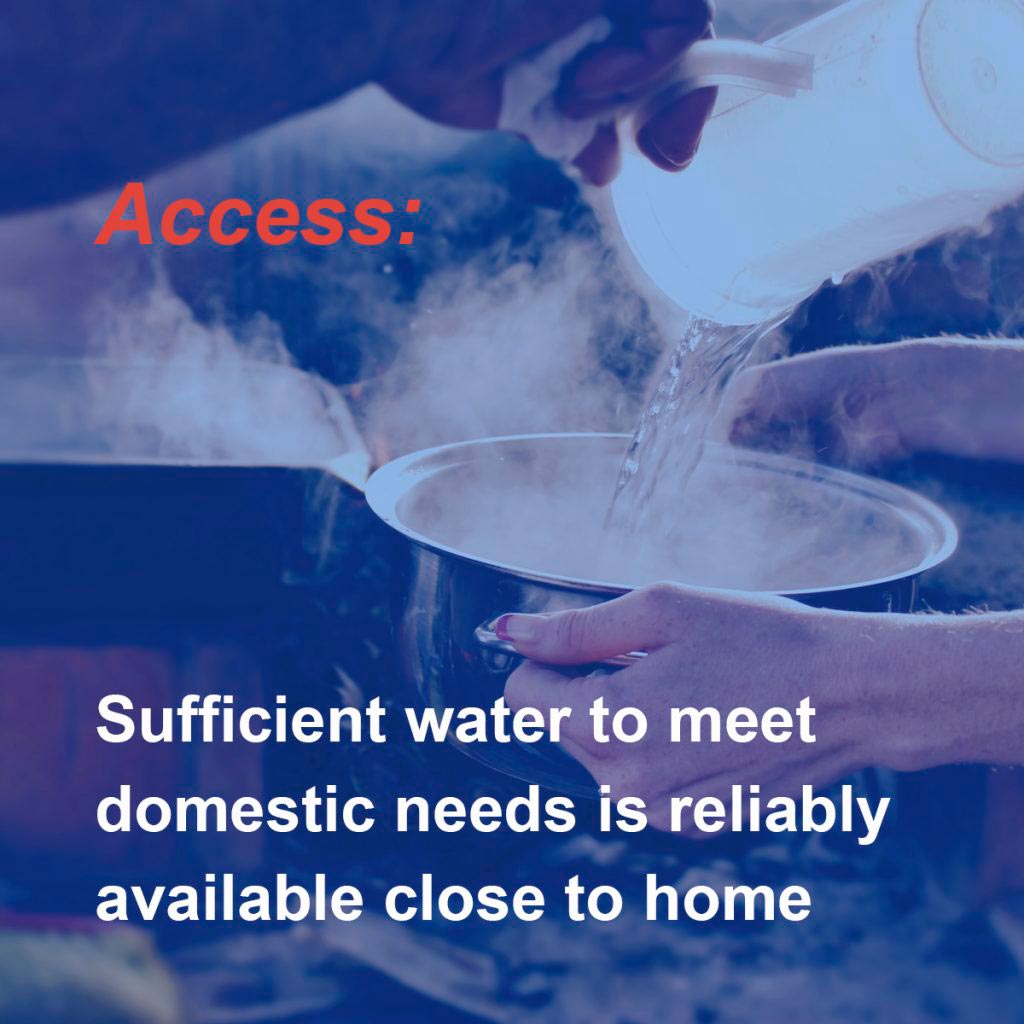
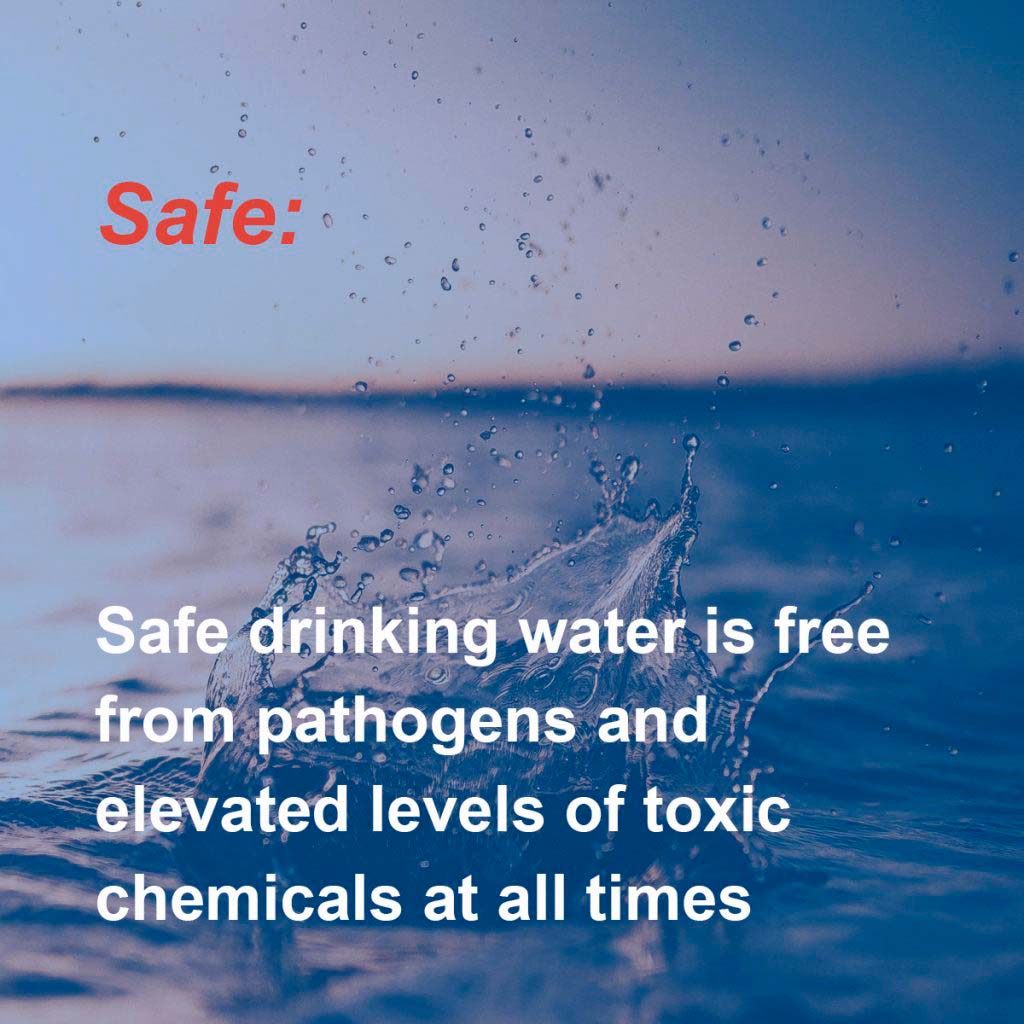
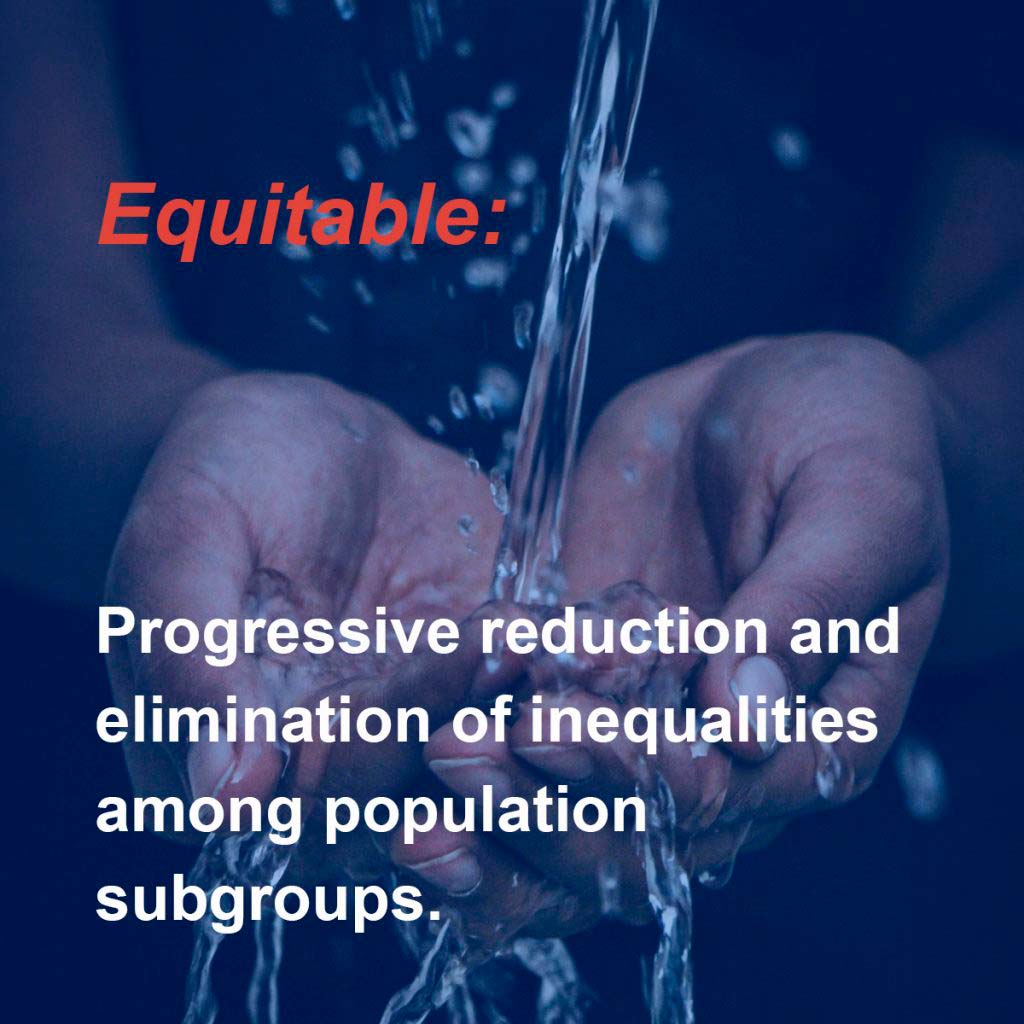
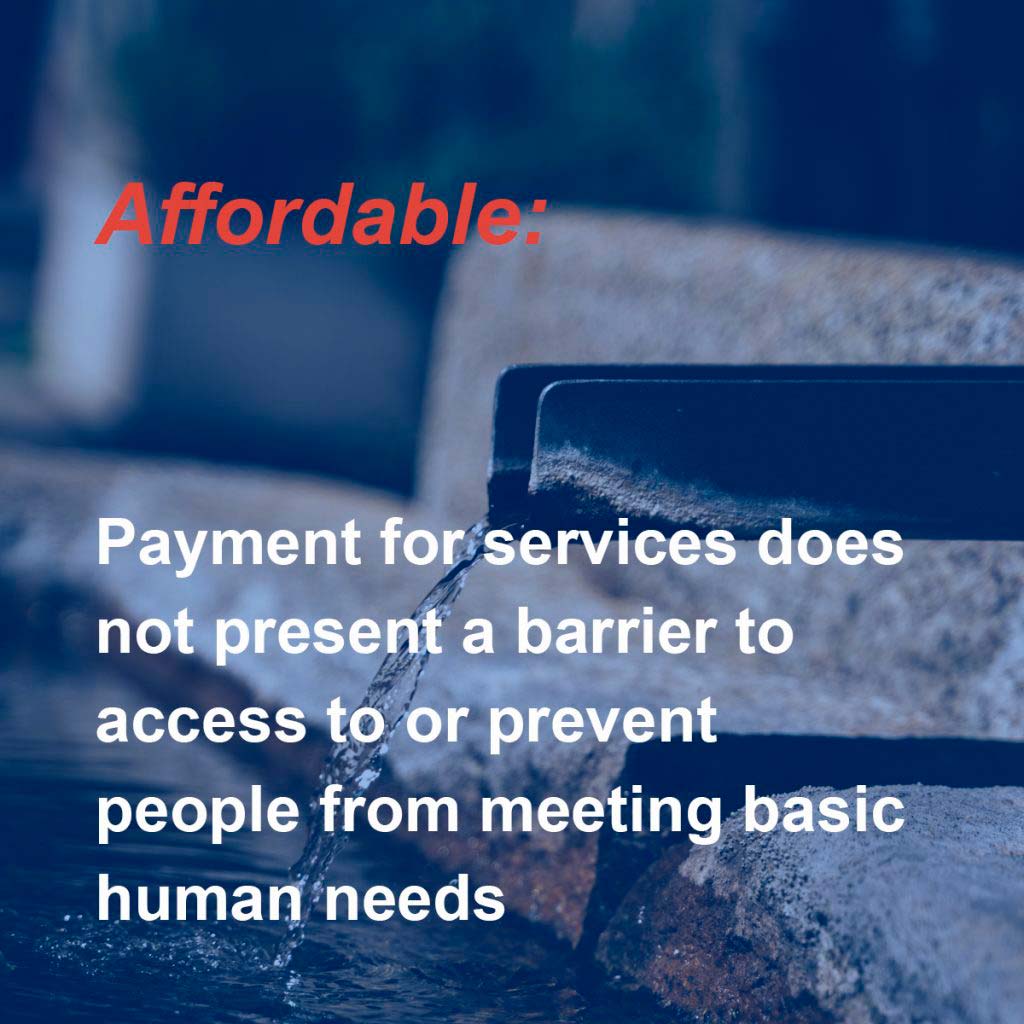
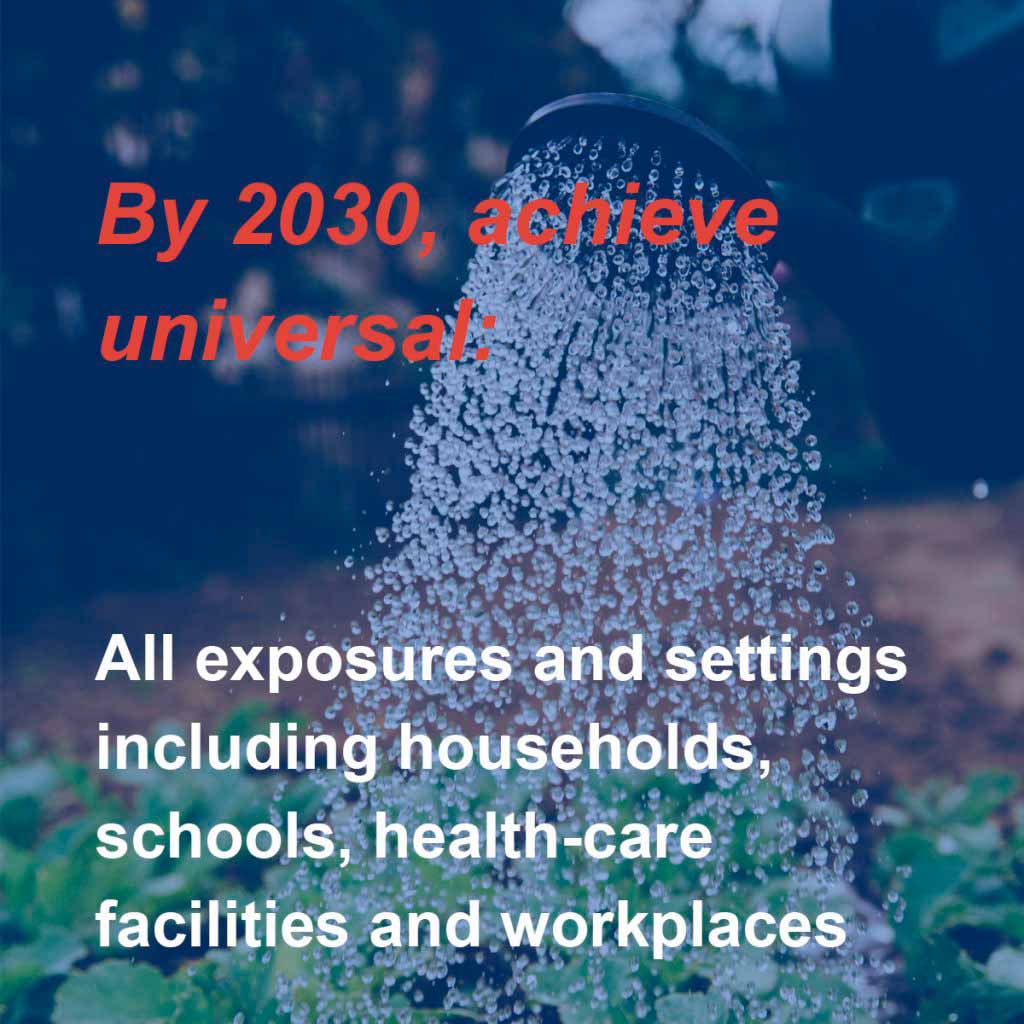
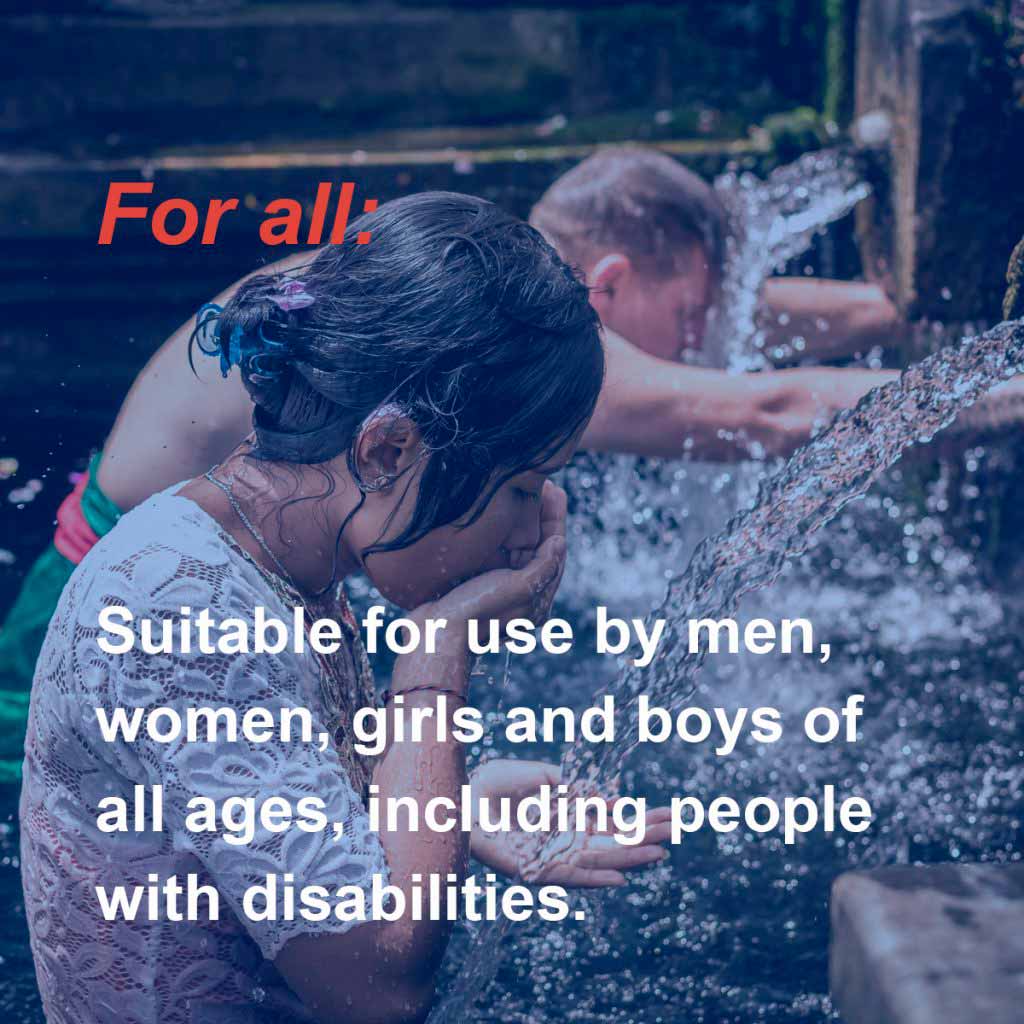
The way to measure target 6.2 achievement is by assessing the proportion of the population with access to safe sanitation facilities, including a facility to wash hands with soap and water.
An improved sanitation facility at a household level has to be acceptable and safe (not shared with other households) and with excreta safety disposed of on-site or treated off-site, to meet the normative criteria for the human right to water.
An important indicator for Bluephage, and one to which the company is directly committed, is ensuring public health beyond the household level, through the safe management of fecal waste throughout the entire sanitation chain, from containment to final treatment and disposal, thus serving as a multi-purpose indicator contributing to indicator 6.3.1 on wastewater treatment.
At Bluephage, we support the water industry in achieving Goal 6.2 with our revolutionary method to detect coliphage in water. By monitoring this indicator, the general population can know whether the water they use is contaminated with viruses or not. We can ensure that people’s hygiene is monitored.


